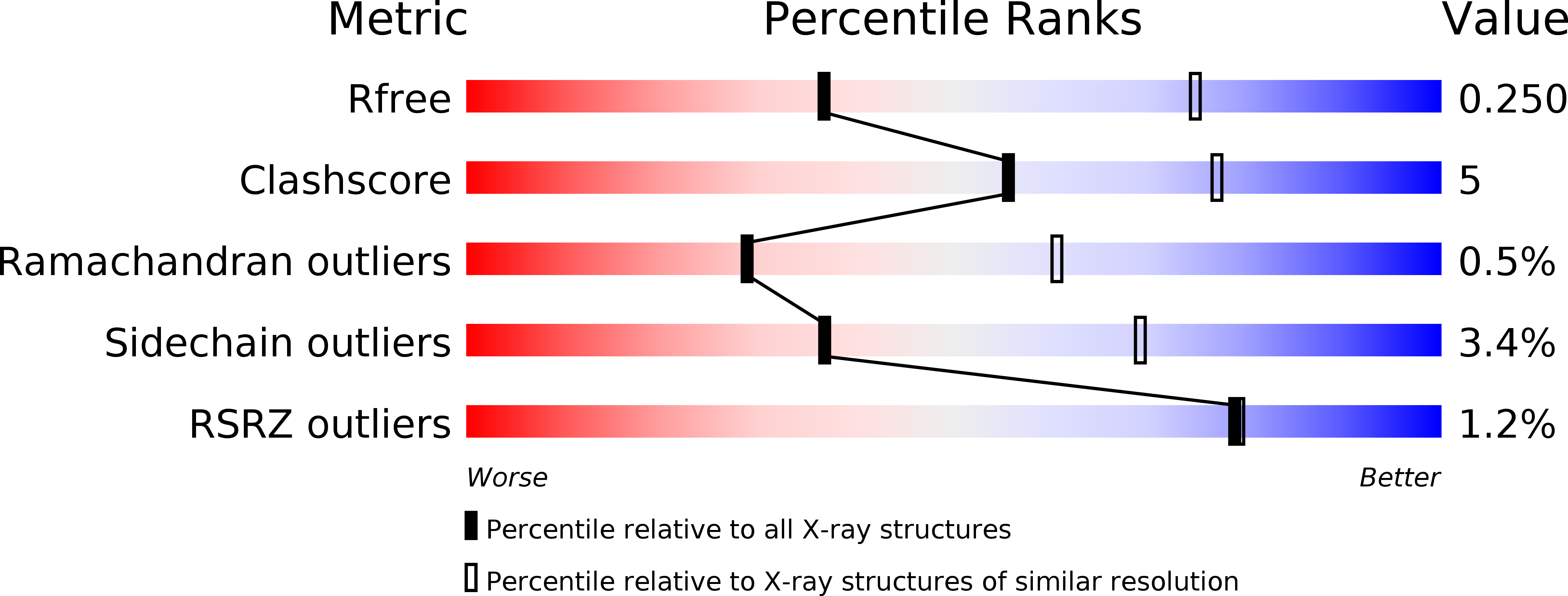
Deposition Date
2011-02-24
Release Date
2011-06-29
Last Version Date
2024-11-06
Entry Detail
PDB ID:
3QUX
Keywords:
Title:
Structure of the mouse CD1d-alpha-C-GalCer-iNKT TCR complex
Biological Source:
Source Organism:
Mus musculus (Taxon ID: 10090)
Host Organism:
Method Details:
Experimental Method:
Resolution:
2.91 Å
R-Value Free:
0.25
R-Value Work:
0.20
R-Value Observed:
0.21
Space Group:
C 2 2 21


